When it comes to bench pressing, grip width is often overlooked by beginners but fiercely debated among seasoned lifters. The distance between your hands on the barbell isn't just about comfort—it fundamentally alters which muscles bear the brunt of the work and how much weight you can realistically handle. This subtle adjustment can mean the difference between plateauing and breaking personal records.
Most gym-goers default to whatever grip feels natural without realizing they might be leaving gains on the table. The standard "competition width"—where the forearms remain vertical at the bottom of the press—creates an efficient force transfer but isn't necessarily optimal for every lifter's anatomy or goals. Those with longer arms often benefit from a slightly wider grip to reduce range of motion, while shorter-limbed individuals may find a moderate grip prevents excessive shoulder strain.
Going wider than shoulder-width shifts emphasis to the pectoralis major, particularly the sternal fibers, while reducing triceps involvement. Powerlifters frequently employ this technique to move heavier loads through a shorter range. However, the extreme wide grips favored by some bodybuilders in the 70s and 80s have fallen out of favor due to the excessive shearing forces they place on shoulder joints. There's a sweet spot where you maximize chest activation without compromising joint integrity—usually when the barbell touches your torso at nipple level or slightly below.
Conversely, a narrow grip turns the movement into more of a triceps and anterior deltoid exercise. Olympic weightlifters often train with close-grip variations to strengthen their lockout for the clean and jerk. This grip (typically hands inside shoulder width) increases range of motion significantly, making the lift mechanically harder despite using lighter weights. It's an excellent accessory movement for those struggling with the top portion of their regular bench press.
The relationship between grip width and injury prevention deserves special attention. Many rotator cuff issues stem from chronic poor grip selection—either too wide causing excessive humeral abduction or too narrow creating elbow flare. The ideal position allows the wrists to stack directly over the elbows throughout the movement, maintaining proper joint alignment. Some lifters find marked relief from shoulder pain simply by adjusting their grip by an inch in either direction.
Grip width also interacts with bar path, another critical bench press variable. Wider grips typically produce a more pronounced arch as the barbell travels toward the upper chest. Narrow grips follow a straighter path ending lower on the torso. These differences affect which muscle fibers get recruited most intensely. Advanced lifters may cycle through different grips during training blocks to ensure balanced development.
Equipment choices further complicate grip decisions. The knurling patterns on power bars versus Olympic bars create different tactile references for hand placement. Some competitive lifters mark their preferred grip with chalk or tape to ensure consistency across sets. The rise of specialty bars like the Swiss/multi-grip bar has introduced even more variations, allowing neutral grips or angled hand positions that reduce shoulder strain.
Individual anatomy plays the ultimate trump card in grip selection. What works for a 6'4" lifter with a wingspan to match won't necessarily suit someone with more compact proportions. The clavicular (upper) pectoral fibers respond differently to various grips based on individual muscle insertions. This explains why some lifters develop impressive upper pecs with a standard grip while others need a higher touch point to achieve the same effect.
Training age influences optimal grip width too. Beginners should generally stick to moderate grips to build foundational strength before experimenting. Intermediate lifters can use grip variations to target weak points—perhaps alternating between wide-grip days for chest development and close-grip sessions for triceps emphasis. Advanced athletes might employ grip width periodization, gradually shifting hand placement across mesocycles to spur new adaptations.
The psychological component shouldn't be underestimated. Many lifters report feeling "stronger" with certain grips regardless of biomechanical advantages. This placebo effect has real value in a lift that's as mentally demanding as it is physical. Some powerlifters intentionally train with slightly different grips in the gym versus competition to create a psychological edge on meet day.
Grip width experimentation should be systematic rather than random. Small adjustments (about one thumb length at a time) allow precise calibration. Keeping a training log that notes grip width alongside performance metrics helps identify patterns. Video analysis from multiple angles can reveal subtle form breakdowns at different widths that might not be apparent during the lift itself.
Ultimately, the "perfect" bench press grip doesn't exist in absolute terms—only what's optimal for your structure, goals, and injury history. The most successful lifters view grip width as a dynamic variable rather than a fixed setting. They understand that small changes can yield significant results, whether the aim is raw strength, aesthetic development, or longevity in the sport. Like most aspects of resistance training, the answer lies not in dogma but in thoughtful experimentation guided by physiological principles.
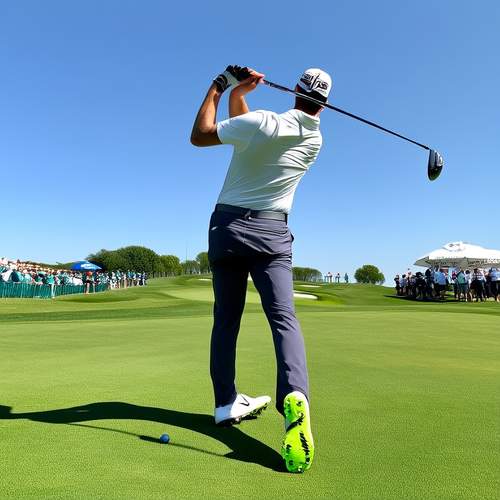
By George Bailey/May 20, 2025

By Rebecca Stewart/May 20, 2025

By Ryan Martin/May 20, 2025

By Amanda Phillips/May 8, 2025

By Lily Simpson/May 8, 2025

By Laura Wilson/May 8, 2025

By Sophia Lewis/May 8, 2025
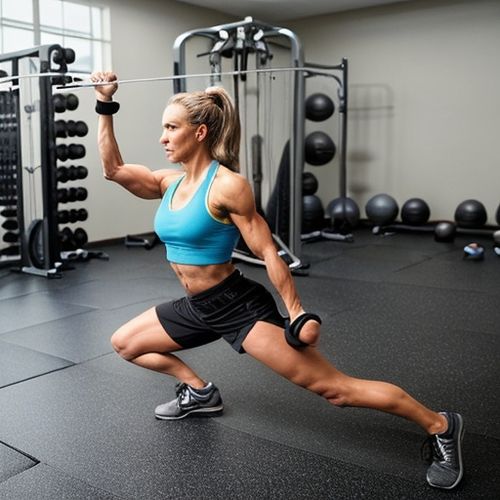
By John Smith/May 8, 2025
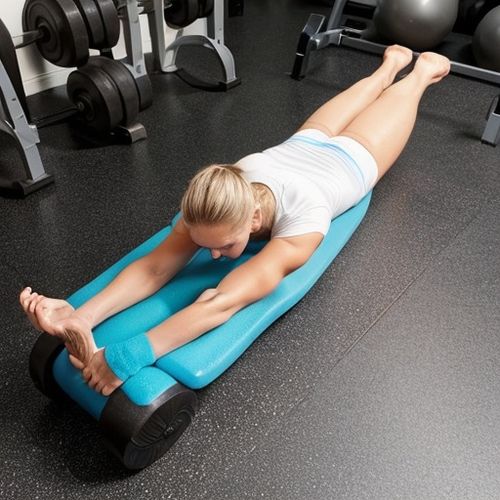
By Sophia Lewis/May 8, 2025
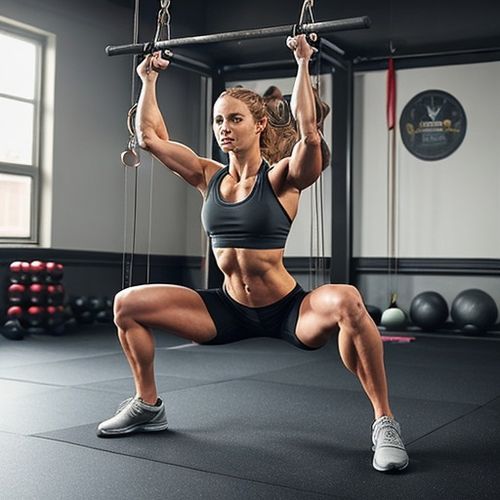
By John Smith/May 8, 2025

By Ryan Martin/May 8, 2025

By Eric Ward/May 8, 2025
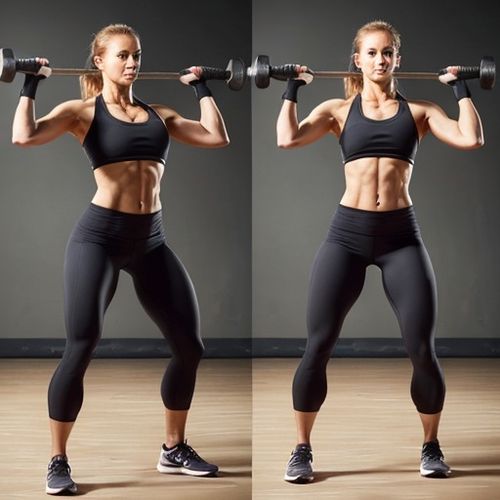
By Lily Simpson/May 8, 2025
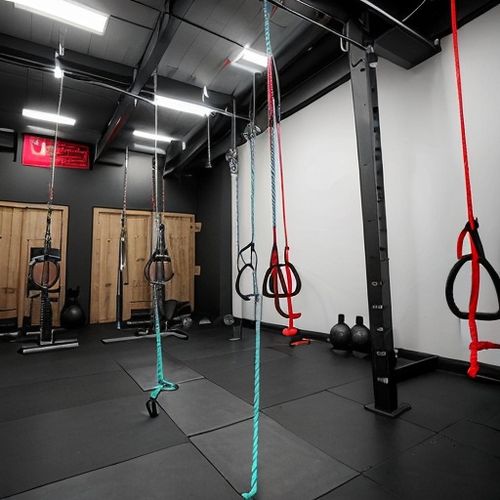
By Victoria Gonzalez/May 8, 2025

By James Moore/May 8, 2025
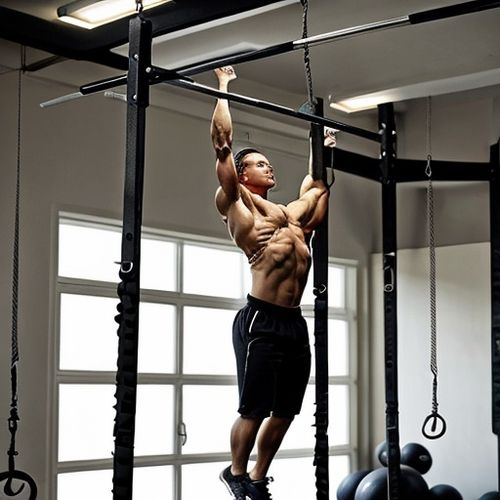
By Emily Johnson/May 8, 2025
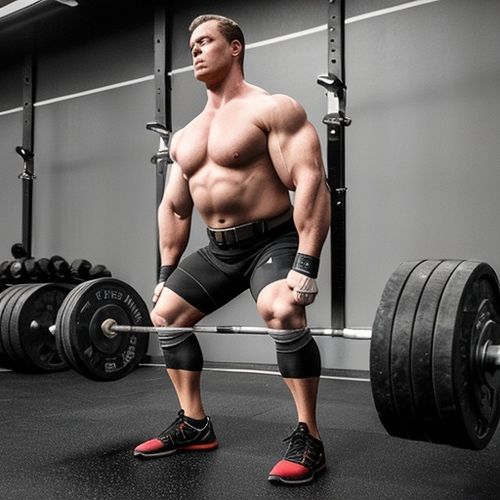
By Jessica Lee/May 8, 2025
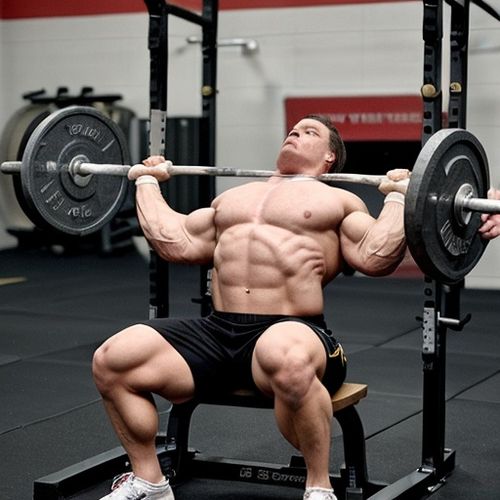
By Grace Cox/May 8, 2025
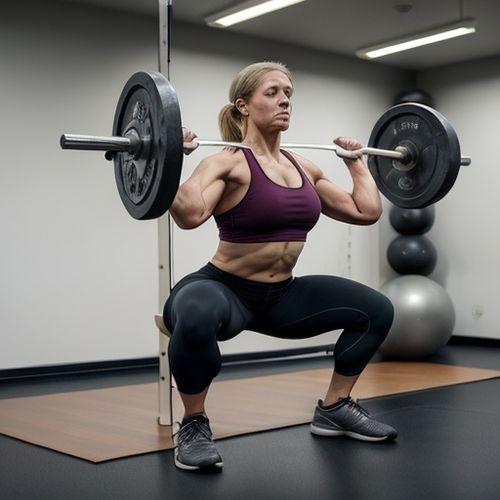
By David Anderson/May 8, 2025

By Elizabeth Taylor/May 8, 2025